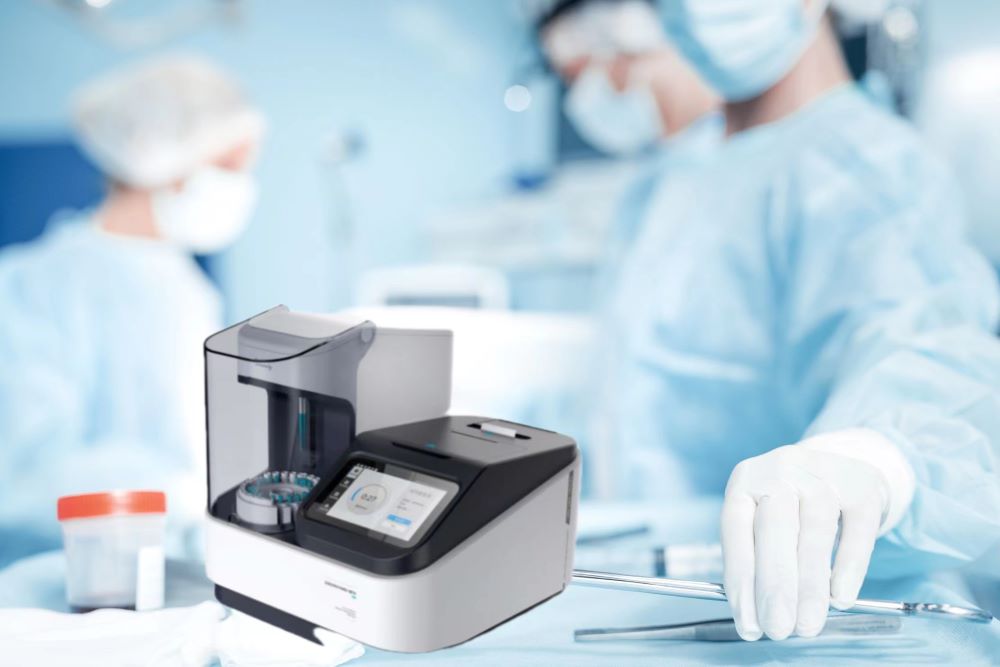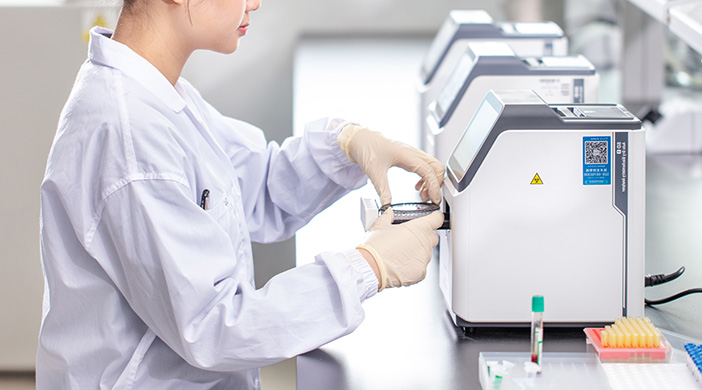Levels of medical care around the world
Although global access to basic healthcare has increased over the past 30 years, at least half of the world's population still lacks access to basic healthcare services. For those in remote and disadvantaged areas, the "health care bill" often leaves them in extreme poverty. While there is a direct correlation between income levels and health care, another major reason why many people do not have access to health care is the lack of awareness of health care and the lack of access to health care services (e.g., hospitals), diagnostics, medications, specialized doctors and nurses, and effective treatment.
Along with health awareness and vaccinations, medical diagnostics are at the forefront of health services. Most healthcare decisions (and costs) depend on timely and accurate diagnosis. As our understanding of human physiology and pathology continues to evolve, so do diagnostic tools. While laboratory tests require collecting samples from patients and transporting them to the laboratory to await results, point-of-care POCT diagnostics allow patients to undergo medical testing in the field, significantly reducing diagnostic time and thus accelerating medical decisions.
Microfluidic technology has played a very important role in the rapid development of POCT devices.
POCT instruments they offer many advantages: lower cost, smaller sample size, faster turnaround time, user-friendliness, instrument mobility and high-throughput screening. The low cost and mobility make it possible to use in environments with limited medical infrastructure. User-friendly, more easily interpretable interpretation of results (e.g. by colorimetric analysis) for use by a wider range of non-specialists.
In fact, several companies have already successfully brought POC testing devices to market. A few products are now on the pharmacy shelves, such as pregnancy testing, glucose and insulin monitoring.The global microfluidics market was valued at $8.28 billion in 2017 and is expected to reach $27.91 billion by 2023. Although the majority of the current market for microfluidic devices is in developed countries, it has great potential for growth in developing countries.
In developed countries such as the United States, cancer and heart disease are the number one killers. And infectious diseases such as malaria, AIDS and tuberculosis are major problems in developing countries. As the commercialization focus shifts to microfluidics, microfluidic design and POCT device companies have joined the market in developing countries. Microfluidic POC technology has proven to be an important way to provide reliable and rapid diagnostic services in these areas.
"Diagnostics for All, a non-profit organization founded by Dr. George Whitesides and his team at Harvard University, uses paper-based microfluidics to develop POCT instruments for developing countries.
Researchers used microfluidic devices to detect HIV and syphilis infection rates in the Rwandan population. Using only 1 μl of blood and a 20-minute test time, this demonstrates the potential of the centrifugal microfluidic platform for POC diagnostic applications in South Africa and the potential of PCR microarray products for malaria diagnosis in Ugandan patient samples.
While there are enough research projects to demonstrate the great potential of microfluidics for infectious disease diagnosis in developing countries, the target group is much larger than the current coverage of microfluidics research and markets.
On the one hand, this requires a plan that involves a collaborative effort among stakeholders such as WHO, governments, private companies, non-profit organizations, and local users. While mass production can help meet demand and reduce costs for manufacturers and consumers, affordability has always been a huge bottleneck to the widespread use of these devices in developing countries. This issue further calls for bridging the gap between academic research and policy. Governments can play a major role in this regard by introducing programs and subsidies to expand product coverage.
On the other hand, local companies need to innovate on several fronts to bridge the technology gap between developing regions and the world. Also ensure that the materials used to build these instruments are readily available, safe, lightweight, and suitable for mass production.
Ensure that the final microfluidic devices are easy to use and easy to transport. Technologies such as unattended laboratories need to be further improved to ensure that these devices can be easily and widely distributed to remote areas. These instruments need user-friendly interactive systems and require minimal training requirements.
Provisions should also be implemented to store results and data for future integration with everyday devices such as cell phones. microfluidic devices should also include multiple tests within the same device to ensure high throughput screening in populations afflicted with multiple infections.




